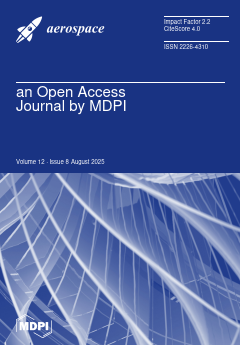With the growing adoption of connected and autonomous vehicles (CAVs), their market penetration is expected to rise. This study investigates the mixed traffic flow dynamics of human-driven vehicles (HDVs) and CAVs at airport terminal curbsides. A two-lane parking simulation model is developed, integrating
[...] Read more.
With the growing adoption of connected and autonomous vehicles (CAVs), their market penetration is expected to rise. This study investigates the mixed traffic flow dynamics of human-driven vehicles (HDVs) and CAVs at airport terminal curbsides. A two-lane parking simulation model is developed, integrating the intelligent driver model, PATH-calibrated cooperative adaptive cruise control, and a degraded adaptive cruise control model to capture different driving behaviors. The model accounts for varying time headways among HDV drivers based on their information acceptance levels and imposes departure constraints to enhance safety. Simulation results show that the addition of CAVs can significantly increase the average speed of vehicles and reduce the average delay time. Two metrics are inversely proportional. Specifically, as illustrated by a curbside length of 400 m and a parking demand of 1300 pcph, when the CAV penetration rate
p is 10%, 30%, 50%, 70%, and 100%, respectively, compared to
p = 0, the average traffic flow speed increases by 1.7%, 6.4%, 15.0%, 27.2%, and 48.7%, respectively. The average delay time decreases by 2.8%, 6.4%, 10.5%, 13.5%, and 20.0%, respectively. Meanwhile, CAVs and HDVs exhibit consistent patterns in terms of parking space utilization: the first stage (0–30% of parking spaces) showed a stable and concentrated trend; the second stage (30–70% of parking spaces) showed a slow downward trend but remained at a high level; the third stage (70–100% of parking spaces) showed a rapid decline at a steady rate.
Full article





